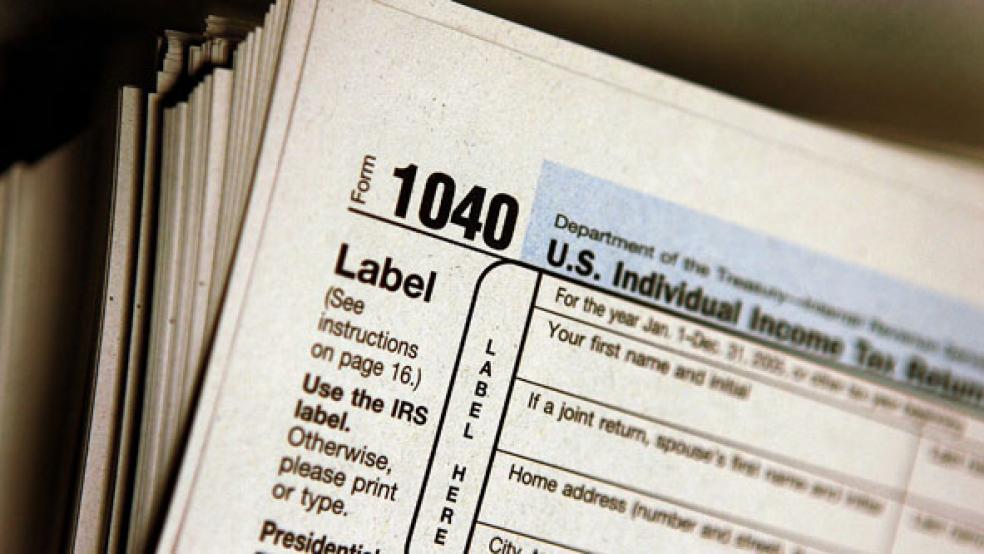The IRS announced Tuesday that the standard deduction would increase by $800 for the 2025 tax year, rising to $30,000 for couples filing jointly. Single filers will see a $400 bump, to $15,000.
The tax agency also released new tax brackets for 2025:
* 37% for incomes over $626,350 ($751,600 for married couples filing jointly);
* 35% for incomes over $250,525 ($501,050 for married couples filing jointly);
* 32% for incomes over $197,300 ($394,600 for married couples filing jointly);
* 24% for incomes over $103,350 ($206,700 for married couples filing jointly);
* 22% for incomes over $48,475 ($96,950 for married couples filing jointly);
* 12% for incomes over $11,925 ($23,850 for married couples filing jointly);
* 10% for incomes $11,925 or less ($23,850 or less for married couples filing jointly).
Here’s a reminder of how the tax brackets work, from The Wall Street Journal’s Ashlea Ebeling: “Your effective tax rate will be lower than your top rate. That is because the first slice of income is taxed at 10%, the next slice at 12%, and so on. A single person who makes $120,000 and takes the standard deduction in 2025 would have a sliver of income taxed at 24% but a 15% effective tax rate, according to Stan Veliotis, a CPA and tax lawyer at Fordham University’s business school.”
Other adjustments announced Tuesday include an increase in the threshold for the estate tax. In 2025, an individual estate can shield $13.99 million from the estate tax, up from $13.61 million this year. The limit for tax-free gifts will rise, as well, up to $19,000 from the current $18,000.
At the other end of the wealth spectrum, the maximum value of the Earned Income Tax Credit will increase, too, rising to $8,046 for taxpayers with three or more qualifying children, up from $7,830 in tax year 2024.


